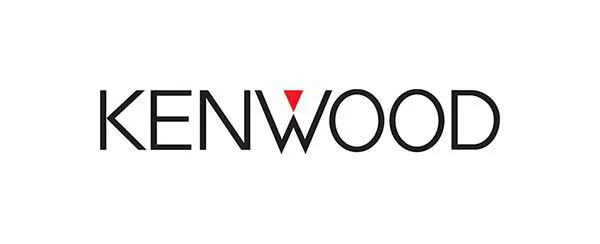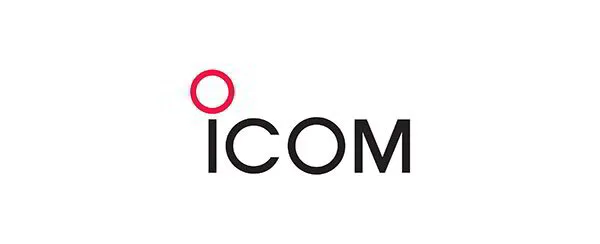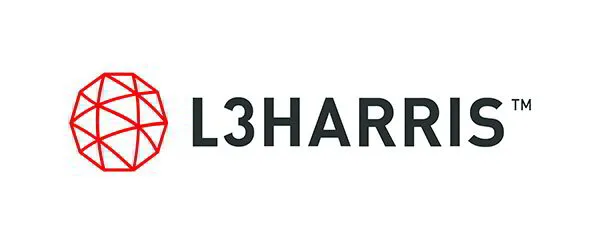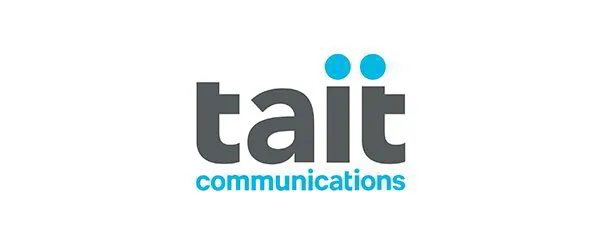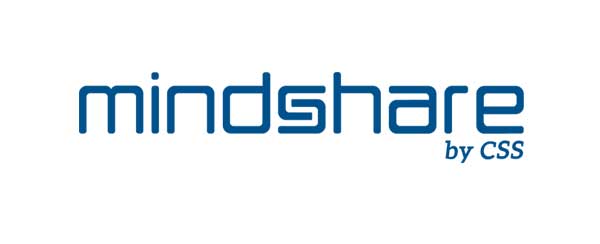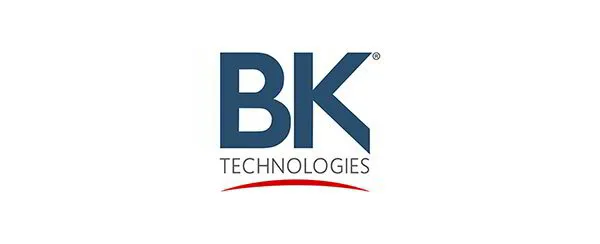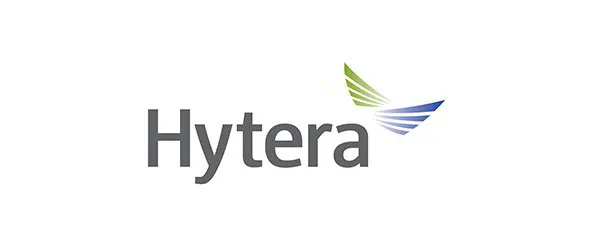
One of the Most Complete Communication Networks in the Northwest
White Cloud Communications Inc., an Idaho-based company with nearly 50 years of expertise, is headquartered in Twin Falls and operates satellite offices in Garden City, Burley, and Idaho Falls. We specialize in advanced two-way radio services, designing, developing, and delivering innovative solutions that boost productivity, enhance safety, and connect people in the toughest environments. Our mission is to provide seamless, reliable, and instant communication for businesses and communities across southern Idaho. With a focus on innovation, quality, and a customer-first mindset, we aim to be the trusted leader in wireless communication solutions.
Industries
Table of Contents
Ensuring Fire Code Compliance with Radio Signal Testing in Idaho Falls
Imagine a firefighter in Idaho Falls unable to communicate during a high-rise blaze, turning a dead zone into a deadly barrier. This underscores the vital need for fire code radio signal testing in Idaho Falls, where Emergency Responder Radio Coverage Systems (ERRCS) ensure seamless first-responder connectivity in commercial and public buildings like hospitals and multi-story offices.
ERRCS combat signal challenges in dense structures, aligning with NFPA 72 standards for NFPA 72 in-building radio system in Idaho. Non-compliance risks delayed fire permits and endangers lives, as seen in compliance failure rates exceeding 20% in urban areas per NFPA insights. White Cloud Communications, with certified technicians in Idaho Falls, delivers expert third-party inspections and installations across southern Idaho.
This guide covers local requirements, testing processes, and emergency radio coverage testing essentials for full in-building signal verification and emergency responder enhancement system testing.
Overview of Emergency Responder Radio Coverage in Idaho Falls
Emergency Responder Radio Coverage Systems (ERRCS) are critical for ensuring reliable communication for first responders in Idaho Falls buildings. Governed by NFPA 72 standards, these systems address in-building signal penetration challenges, particularly in structures with thick walls or underground areas. In Idaho Falls, local fire codes mandate fire code radio signal testing in Idaho Falls to verify at least 99% coverage with a minimum signal strength of -95 dB, preventing blackouts during crises like the 2022 campus fire incident where delayed response highlighted compliance gaps.
Key NFPA 72 requirements for nfpa 72 in-building radio system idaho include:
- Uniform coverage across all floors using grid testing patterns.
- Integration of bi-directional amplifiers (BDAs) for signal boosting.
- Annual testing for high-rises to secure fire permit sign-off.
These apply to hospitals, campuses, and new commercial buildings over 50,000 square feet, where untreated structures show up to 70% signal failure rates per building testing methodologies.
Regional fire codes in northern Idaho vary, influencing ERRCS design. For instance, stricter ERRCS compliance testing in Boise emphasizes BDA focus compared to Idaho Falls’ uniformity standards.
| Requirement | Idaho Falls | Boise | Twin Falls |
|---|---|---|---|
| Signal Strength Minimum (dB) | -95 dB for 99% coverage | -90 dB with BDA focus | -92 dB per local code |
| Testing Frequency | Annual for high-rises | Biennial or post-install | Every 3 years |
| Applicable Buildings | All new commercial >50,000 sq ft | Hospitals, schools mandatory | Industrial sites prioritized |
Based on NFPA 72 Chapter 24 and Idaho fire marshal guidelines, this bda das verification table underscores variations; local amendments differ, so consult experts for audits.

ERRCS requirements comparison for northern Idaho cities
White Cloud adapts emergency radio system compliance testing to these nuances, offering UL 2524-certified third-party RF inspections via grid patterns and site surveys. Their Idaho Falls team ensures proactive radio signal assurance for first responders, avoiding retrofits and supporting in-building coverage standards for seamless public safety.
Available Services for ERRCS and NFPA 72 Testing in Northern Idaho
Northern Idaho businesses and facilities can access a full spectrum of services for ERRCS compliance testing and NFPA 72 in-building radio system verification. These ERRCS compliance testing Boise options ensure reliable first responder communications, addressing requirements for fire departments and emergency medical services. Providers offer everything from initial site assessments to ongoing maintenance, helping meet building codes in areas like Boise and Idaho Falls.
Key services include:
- Site surveys for signal strength evaluation.
- System design and installation of bi-directional amplifiers (BDAs) or full ERRCS.
- Annual testing and recertification to verify RF reception thresholds per NFPA 72 standards.
- Troubleshooting and upgrades for existing setups.
BDAs and ERRCS serve similar purposes but differ in scope. BDAs amplify two-way radio signals for fire and EMS frequencies, ideal for smaller buildings with adequate donor signals. ERRCS, however, provides comprehensive in-building coverage using distributed antenna systems for broader public safety bands. NFPA 72 mandates testing every 12 months for active systems, focusing on 95% signal coverage indoors. Common pitfalls include inadequate equipment calibration, which certified providers avoid through UL 2524-listed installations.
White Cloud Communications, with 50 years of regional expertise, delivers these NFPA 72 in-building radio system Idaho solutions. Their certified technicians conduct first responder radio coverage analysis during surveys, partnering with manufacturers like Kenwood for digital mobile radio systems that ensure compatibility. For instance, a Boise hospital recently completed quick recertification, eliminating dead zones for emergency response.
Timelines vary from one-week surveys to four-week installations, with costs starting at $5,000 for basic BDAs and up to $50,000 for full ERRCS, depending on building size. In Idaho Falls, fire code radio signal testing Idaho Falls typically requires annual checks influenced by local codes. Contact experts for tailored quotes to navigate these nuances effectively.
Key Local Regulations and System Requirements
In Idaho Falls and surrounding northern Idaho areas, local fire codes mandate reliable emergency radio coverage for commercial buildings, especially in fire-prone regions. The National Fire Protection Association’s NFPA 72 standard governs in-building radio systems, requiring sufficient signal strength to eliminate dead zones for first responders. UL 2524 certification ensures equipment meets safety benchmarks. For fire code radio signal testing in Idaho Falls, buildings must undergo annual testing to comply with local fire code signal standards, addressing in-building amplification needs for public safety.
Key equipment includes Bi-Directional Amplifiers (BDAs) for targeted signal boosting in specific zones and Emergency Responder Radio Coverage Systems (ERRCS) or Distributed Antenna Systems (DAS) for comprehensive coverage. BDAs focus on amplifying two-way radio signals bidirectionally, while ERRCS integrate multiple frequencies for broader emergency use. A building antenna signal booster within DAS setups enhances signals using donor antennas and distributed cabling, as validated by building testing protocols with omnidirectional and directional antennas to cover dead zones. Installation timelines vary from 2-6 weeks depending on building size, with costs ranging from $5,000 to $20,000 for NFPA 72-compliant systems. Recertification testing adds $1,000-$3,000 annually.
These requirements apply to new commercial constructions in Idaho, where ERRCS systems are often mandatory for buildings over 50,000 square feet or high-occupancy structures. In Boise, ERRCS compliance testing in Boise follows similar NFPA 72 in-building radio system Idaho guidelines but may include stricter seismic considerations. Existing buildings retrofitting for compliance face phased upgrades.
Requirements for compliant installations:
- Minimum 95% in-building coverage for public safety bands
- UL 2524-listed amplifiers and antennas
- Annual signal testing and documentation
White Cloud Communications provides expert two-way radio services to navigate these regulations, offering cost-effective designs and installations that ensure seamless compliance for local businesses.
Steps to Initiate Radio Signal Testing and Compliance
Initiating fire code radio signal testing in Idaho Falls ensures buildings meet local fire safety standards for emergency communications. Follow these structured steps to prepare, test, and maintain compliance efficiently, avoiding costly delays in permit approvals.
- Conduct Pre-Testing Site Surveys: Begin with a professional walkthrough to identify potential dead zones and equipment needs. Create a checklist: verify building layout, note construction phases, and assess existing radio infrastructure. This step, ideally post-drywall but pre-occupancy, aligns with NFPA guidelines and sets up for smooth testing.
- Schedule Testing for Permit Sign-Off: Time the ERRCS coverage test after core construction but before final inspections. Local authorities in Idaho Falls require verification to issue fire permits, typically within 30 days of system installation. Consult certified experts early to coordinate.
- Perform the Coverage Test Procedure: Engage Fire Code Radio Signal Testing by deploying signal boosters and monitoring devices across floors. Technicians measure signal strength at key points, aiming for 95% coverage per NFPA 72 standards. Document results for submission.
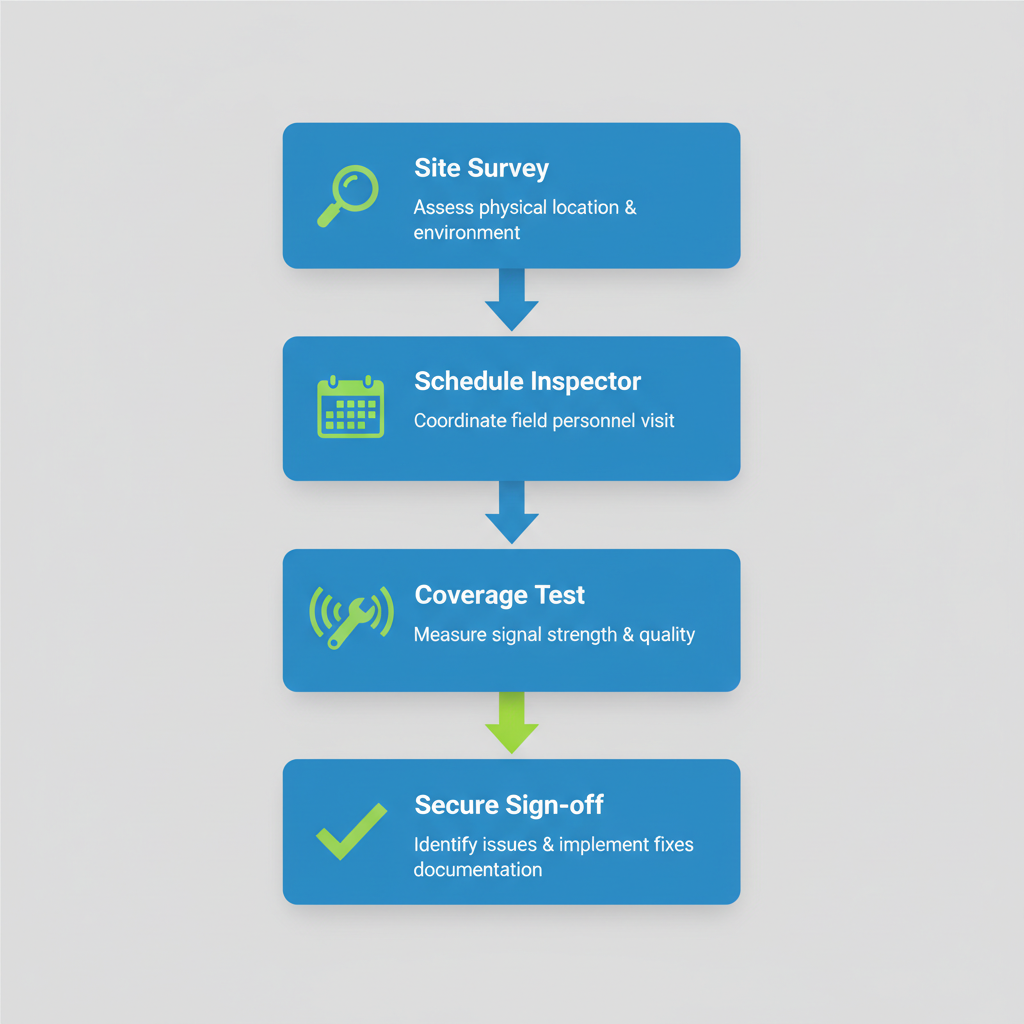
Steps to initiate radio signal testing and compliance
Common failure risks include interference from building materials or improper antenna placement, potentially leading to signal drops below -95 dBm. Mitigate by addressing issues promptly: recalibrate amplifiers or add repeaters. Recertification costs range from $1,500 to $5,000, depending on building size.
Select certified inspectors with UL 2524 accreditation to avoid DIY pitfalls, which often result in non-compliance fines. For upgrades, explore advanced two-way radio solutions tailored to your facility.
White Cloud Communications facilitates the entire process with rapid site visits and third-party verification, ensuring NFPA 72 in-building radio system in Idaho compliance. Schedule ongoing maintenance annually to sustain performance and peace of mind.
Achieving Reliable Emergency Communications
Fire code radio signal testing in Idaho Falls ensures vital NFPA 72 in-building radio system in Idaho standards are met, including ERRCS compliance testing in Boise for reliable local radio coverage. These mandates require annual testing and signal boosters to achieve at least 95% coverage, with installations typically spanning 4-6 weeks depending on building complexity. Timely testing streamlines permitting, reduces risks, and averts failures through expert oversight by BDA System Specialists Idaho Falls. With these steps, achieving compliance is straightforward–reach out to White Cloud today at 208-733-5470 to get started on your public safety solutions.
Resources
Fire Code Radio Signal Testing Idaho Falls BDA System Specialists Idaho Falls
We are certified dealers of the following brands:
